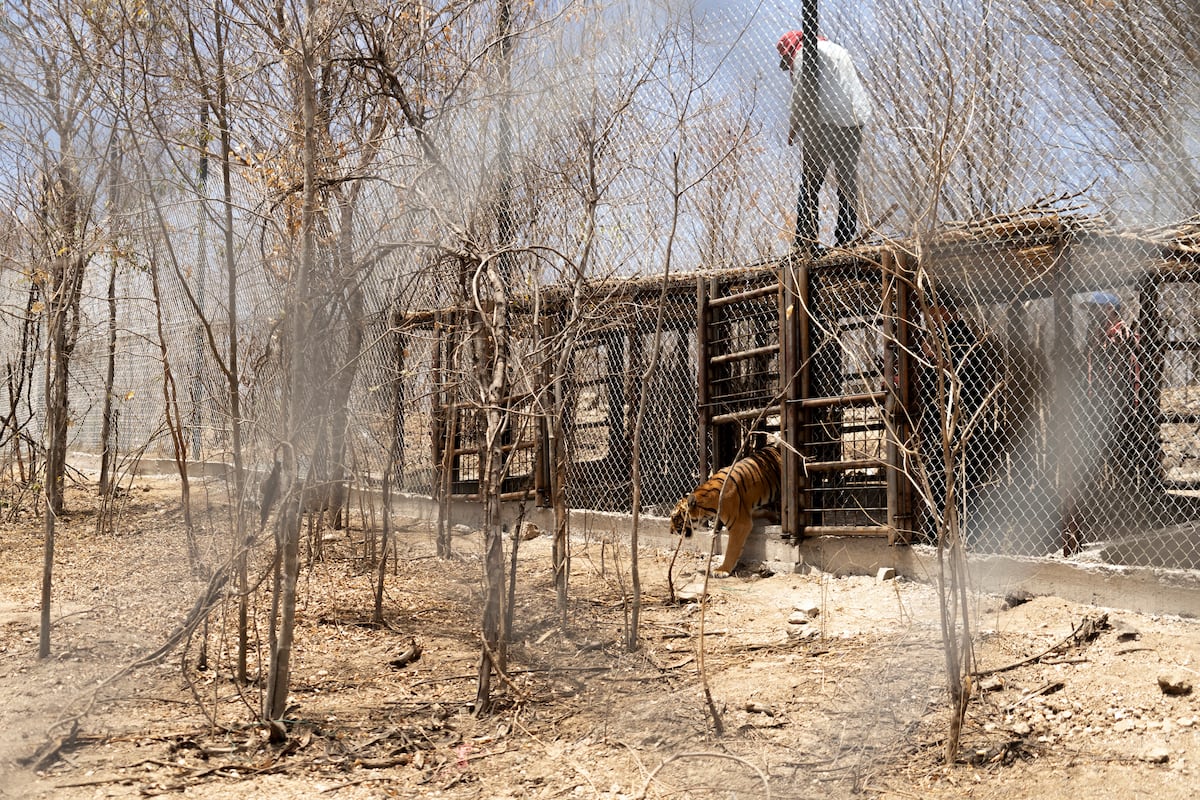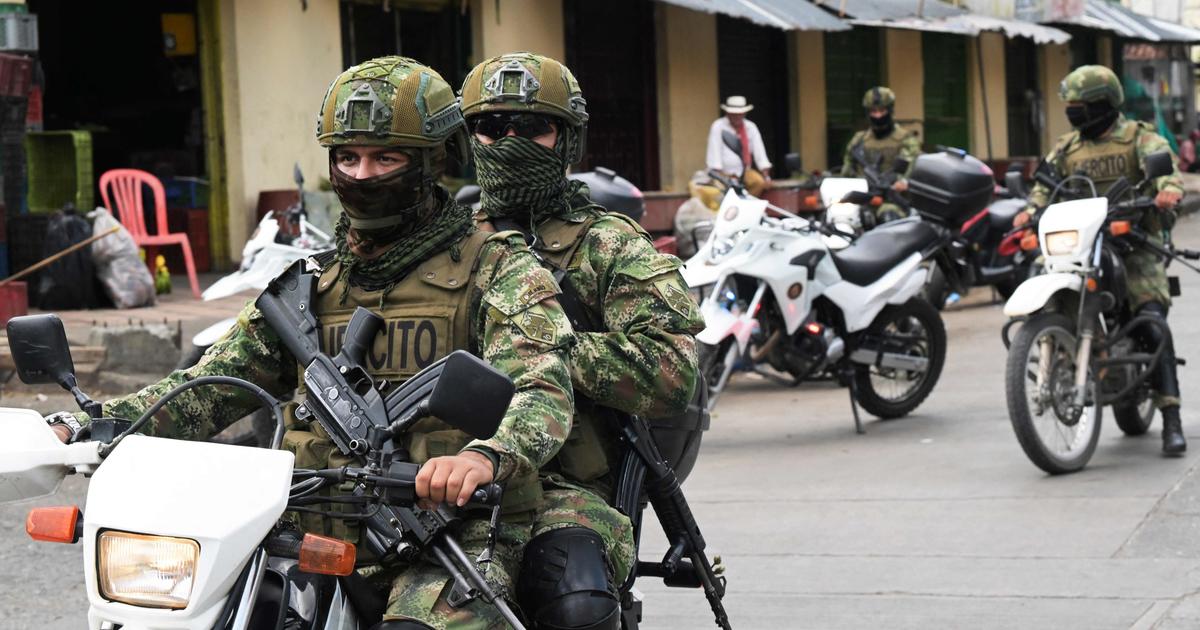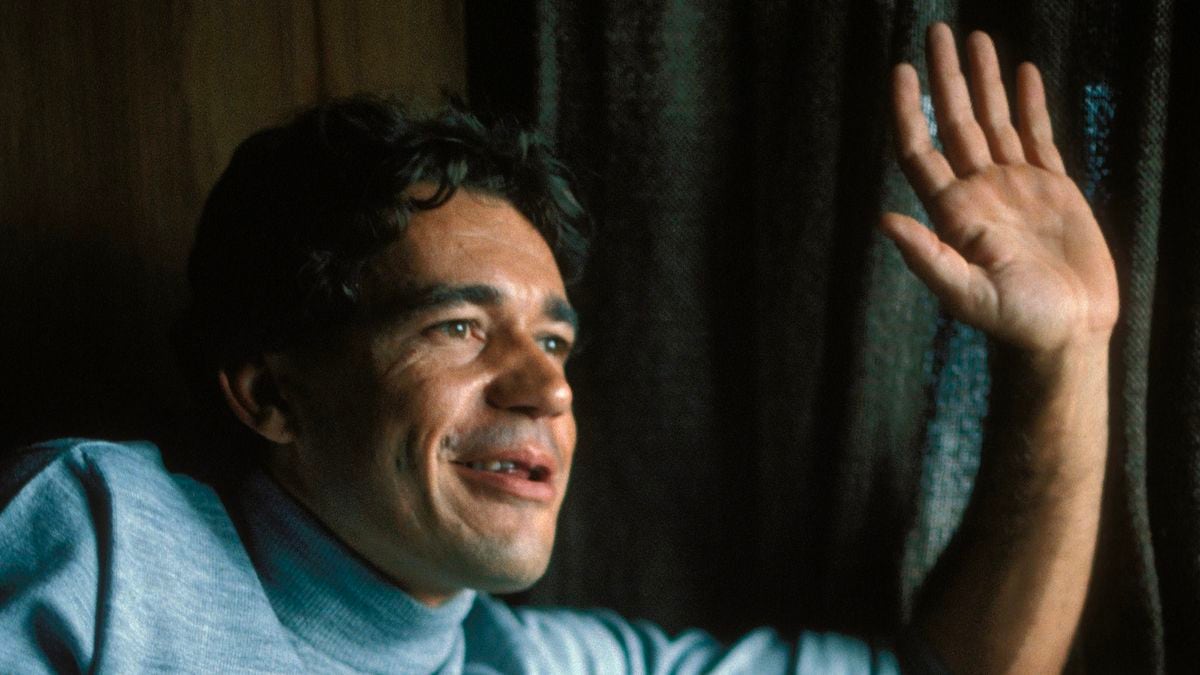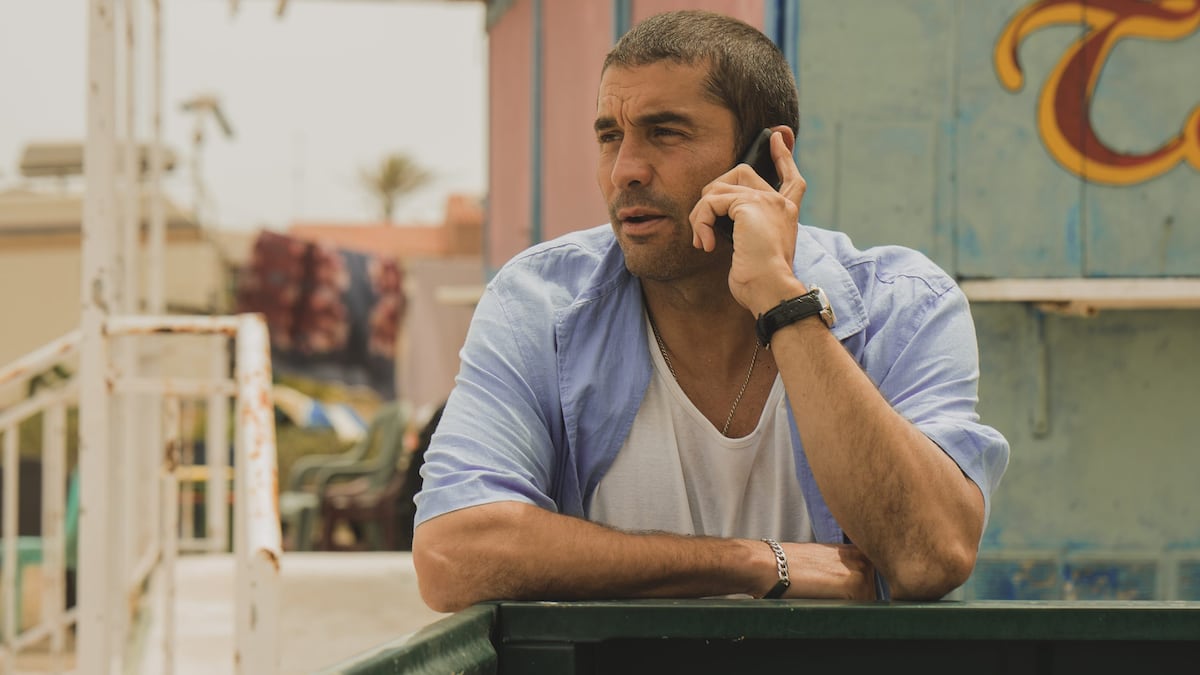Tigers and lions resting and recovering from malnutrition and injuries are agitated by the sound of machinery. A few meters away, diggers open the earth at the Ostok sanctuary, in Culiacán. The engines roar as they build the pond in which 10 of Pablo Escobar's hippo descendants will live. From Antioquia, the animals will travel by plane to Culiacán in an operation that will cost $ 450,000 that will be financed by the rescuer and owner of the shelter, Ernesto Zazueta. Once in Sinaloa, they will travel by road until they take the detour that leads to Jesús María, the bastion where El Chapo's sons were hiding. A few kilometers from the entrance of the refuge you can still see the black spots, scars on the asphalt of the burned cars during the second 'culiacanazo' last January. To this land marked by the presence of the Sinaloa Cartel will arrive the hippos of Pablo Escobar.
When Colombia's most famous drug trafficker brought four African hippos from the Nile to his private zoo at Hacienda Nápoles in Antioquia, he couldn't imagine the consequences. After his death in 1993, the property fell into disrepair. The animals crossed the boundaries of the terrain, expanding down the Magdalena River and reproduced uncontrollably in a predator-free habitat. Of those four that existed in the eighties, there are now 169 identified. Traffic accidents, damage to crops and the threat to local wildlife have led the community to ask for a solution. But how to control a population of territorial animals of up to three tons, which eat 40 kilos a day and that for some are a tourist attraction despite the social and environmental unrest?
The Asian Big Boy elephant feeds accompanied by other animals in its habitat inside the sanctuary. Iñaki Malvido
The latest incident, the running over of a large specimen on a highway in Antioquia, led Governor Aníbal Gaviria Correa to demand from Colombia's Minister of Environment a prompt and concise response about the fate of the hippos. Susana Muhamad replied that the authorities are working to comply with the CITES Convention (convention international trade in endangered species). He explained that the temporary measure of sterilizing them was not being fast enough to control the population. However, the procedures to move them to another place have been delayed more than expected and Muhamad excuses himself in the study of the processes so as not to end up "exporting hippos without verifying all the requirements. Causing a problem elsewhere."
Ernesto Zazueta, a Sinaloan businessman with a long career as a facilitator of services for zoos in Mexico, offered to host 10 specimens in his sanctuary. In addition, it has coordinated that a shelter in India stay with 60 others. "We are going to bring the youngest we find, to reduce the birth rate in Colombia, which is very high," explains the rescuer. He assures that they are already being prepared with bait to fall into traps to move them. The ultimate goal is to try to return them to their original habitat in Africa, as Zazueta has already done with other species he has rescued from circuses, private collections and other refuges. Although first, the hippos will have to spend a long stay in Ostok.
The transfer of the animals is one of the containment strategies advised by researchers from the National University of Colombia and the Alexander Von Humboldt Institute and which is being studied by the Colombian Government. Another recommendation is to confine them to spaces with less freedom of movement to reduce mating. The most drastic and controversial measure they suggest is control hunting. It was already tried in 2009, when the Government hired two German hunters who, accompanied by the Army, shot Pepe, the first hippopotamus of the pack. The photograph of the group with the corpse of the animal as a trophy generated rejection and recalled that of Escobar himself dead on a roof in Medellín.
The watchman of the sanctuary watches as a machine works to build the pond in which the 10 hippos would live. Iñaki Malvido
The death of animals is what Zazueta tries to avoid. "We want to rescue them because being an invasive species they can annihilate them, they can even give permits to hunt them," says the businessman. He is not worried that bringing a dozen specimens will lead to the same problem of overpopulation in Mexico. "They let them loose, lying around. That is why they reproduce without control. They are animals classified as threatened, so it is not coherent to castrate them, "he stresses. The hippos that arrive in Culiacán will live in an enclosed enclosure, with a water pond and caretakers. But they will not be sterilized or visited, as Ostok is closed to the public to ensure effective and stress-free rehabilitation for the animals.
The herd will join Freddy, the only hippopotamus inhabiting the sanctuary at the moment. Zazueta looks proudly at the young animal, which frolics in a temporary pond in what they build the largest enclosure. The new space will be incorporated into the more than 100 hectares of the land, hosted by a landscape of dry trees between hills. With the rains, the land punished by the sun will be transformed into a green space with natural shade to give shelter to its inhabitants. Meanwhile, they have spaces built with shade and heat insulation.
Freddy the hippopotamus in the pond of his habitat in the Ostok sanctuary.Iñaki Malvido
A deer feeds on the peppers that the sanctuary got by donation that same afternoon. Iñaki Malvido
Lovebirds in his aviary, on May 23, 2023.Iñaki Malvido
A tiger in its 'quarantine' cage, a smaller space for individuals who are not yet ready to live with others in the newly built habitat. Iñaki Malvido
Zazueta has only been bringing animals here for two years, but it has been enough time to gather 450 specimens, from big cats such as panthers and jaguars to small spider monkeys. Most are rescued from circuses, wildlife trafficking or private collections. They usually arrive wounded and in the bones. Others, like Freddy, are the result of favors to zoos that can't have them. "He and his father could have fought very ugly for the territory, so we better bring him here," says the rescuer.
Before Ostok, Zazueta moved animals from one zoo to another and advised companies and institutions on wildlife management. With Mexico's 2015 law change banning circuses with animals, dozens of them were abandoned by their owners. At first Zazueta was able to relocate some, but with the case of the Big Boy elephant he found no other solution than to open his own sanctuary for his rehabilitation. That animal accustomed to being motionless and with one leg constantly tied to a stick became the emblem of the place, already in better condition and demanding every few minutes to his rescuer to give him prize coricos, some typical cookies of the north. Then came more species, such as the birds that were part of the seizure of 16,000 animals in Iztapalapa.
The last great achievement was to bring 35 big cats rescued from the Black Jaguar-White Tiger shelter, a space that went viral on social networks and visited by celebrities such as Lewis Hamilton or Justin Bieber. Last year, the Federal Attorney for Environmental Protection (Profepa) closed the place due to complaints of malnutrition and mistreatment in felines. The animals arrived in Ostok malnourished and some were mutilated. After 10 months of rehabilitation, they have gained weight and even had offspring. They have recently joined a specimen that they rescued in Michoacán, an adult tiger that criminals had in their possession and that was wounded by a bullet in a confrontation between armed groups.
Ernesto Zazueta, director of Ostok in the facilities of the sanctuary, near the city of Culiacán (State of Sinaloa). Iñaki Malvido
Zazueta explains that he has business partners who help him finance the expenses of the animals with donations. When he took in all the tigers, Similar Pharmacies helped him build an enclosure within the property. For daily expenses, such as the kilos of meat required by the felines, he assures that local companies such as Su Carne or Bachoco donate entire trucks in kind. Every few days, one of his employees goes out with a cargo vehicle to travel the fields of Sinaloa in search of fruits and vegetables that they want to donate. With these donations he covers half of the expenses, the other half he puts out of his pocket. "I have several companies, such as a law firm. In addition, I am president of the association United for a Sustainable Management of Our Biodiversity, and the Association of Zoos, Hatcheries and Aquariums of Mexico, "he adds.
Its partners in India will cover the transfer in two planes with the hippos that they will receive, an operation that amounts to 3.5 million dollars. The commercial flight to Sinaloa of almost half a million dollars will be financed by him, although there is still no specific date for the long-awaited arrival. Zazueta blames the Colombian bureaucracy. "I despair because I want it to be done now and I have pressure from India," says the rescuer. Regarding the statements of Minister Susana Muhamad, the businessman reproaches her for wanting to get involved in the process in Mexico. "She doesn't rule here and she doesn't have to get involved. That's the problem. They do not know and have the lightness to opine inconsistencies, "he says. Meanwhile, it will be Freddy who inaugurates the great pond waiting for his future Colombian neighbors.
Diego Garcia, director of the Culiacan Zoo and Ostok's collaborator, closes the door as he leaves the sanctuary grounds. Iñaki Malvido
Subscribe hereto the newsletter of EL PAÍS Mexico and receive all the informative keys of the news of this country









/cloudfront-eu-central-1.images.arcpublishing.com/prisa/6I7J7LBHRH4TP7XHNB2HA2PCQU.jpg)



/cloudfront-eu-central-1.images.arcpublishing.com/prisa/KMEYMJKESBAZBE4MRBAM4TGHIQ.jpg)

